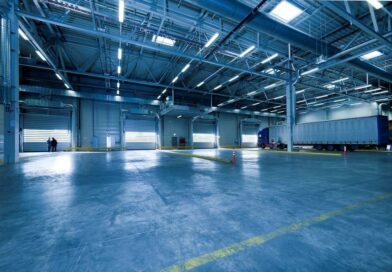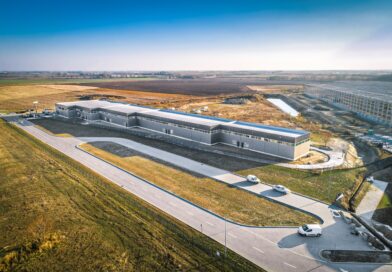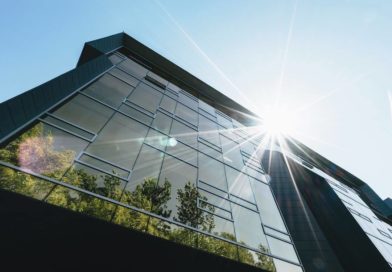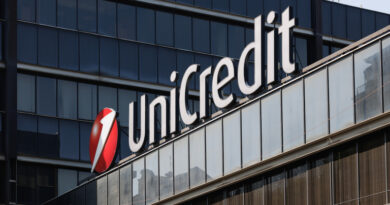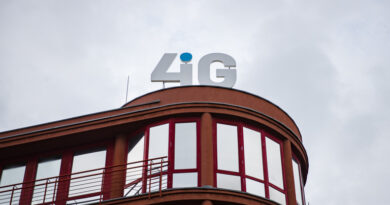Several positive signs seen on the office market
The performance of the Hungarian office market in the first half of 2011 was in line with the expectations. “Stability was seen all around, along with several positive signs, with take-up increasing and vacancy starting to decline from its peak, as new completions decreased significantly.” – said Kata Mazsaroff, Head of Tenant Representation at Colliers International Hungary concerning the latest market report publication of the real estate consultant company.
Total modern office stock increased by just 16,200 m2 in the first six months, with two projects delivered to the market, CDO Calasanz in the CBD and the Officium house in Non-Central Buda North. Total take-up on the market amounted to 163,700 m2, higher than in the same period of last year and also on track to exceed the full-year figure of 2010. New take-up and renewals were split evenly within this, accounting for some 90% of all activity. Meanwhile, expansions comprised more than 17,000 m2 – an extremely positive sign for the market. Renegotiations again played an important role within take-up, with data showing that large tenants leasing more than 5,000 m2 of space continued to favour staying in the same location under more favourable conditions, rather than moving. Large deals in H1 that demonstrated this included Nokia Siemens and Raiffeisen Bank renegotiating their contracts, for spaces exceeding 10,000 m2 in each case. Although the vacancy rate was minimally higher at the end of June than at the end of 2010, at 24.9%, there was already a decline seen when comparing the second quarter to the first – a trend that is expected to continue in the second half.
On the developer front there was some movement, with the long-awaited construction of two new projects on the Váci Corridor (Váci Greens and Green House), starting in the first half. This Budapest sub-market remains a success and an attractive location for market players, as exemplified by planned investments in the pipeline, which reflect the decreasing amount of available space in offices here. In a new development, offices offered for lease by financing banks have appeared on the market. Financial institutions have started processing and managing the real estate assets that have come into their ownership through debt defaults, and are showing active ownership activity, concentrating on leasing the premises as opposed to fire sales.
A positive yield of the crisis has been that vendors have become much more prepared and professional in their activities. At the same time, the leasing process has become longer and more meticulous as a result of slower and more deliberate decision-making on the part of tenants. “In terms of Colliers International’s achievements, we were involved in leasing activities in the MOMentum office building, we provided advice to Avis and participated in Marquard Media moving to a new 1,000 m2 office. Green concerns are playing an increasing role in tenants’ minds, with the existence of LEED or BREEAM certificates becoming a must for clients looking to rent, which also indicates a direction for developers to follow. Colliers also increased its role in this activity, advising developers as well as tenants like Citibank.” – commented Kata Mazsaroff.
Colliers International forecasts that take-up will continue to remain strong in the second half of the year. No more than four projects are expected to be completed in H2, with a total area of some 48,000 m2. With rising absorption seen, the vacancy rate is expected to show a decline by the end of the year. The real estate consultant company foresees no major change in rent levels, with stagnation expected in every market segment. Renegotiations are likely to remain a major driver of the market. Low development pipeline is expected, as banks continue to expect high pre-lease rates for financing. Colliers International believes this could have an effect on the market until 2013, which will also result in decreasing vacancy until then.


